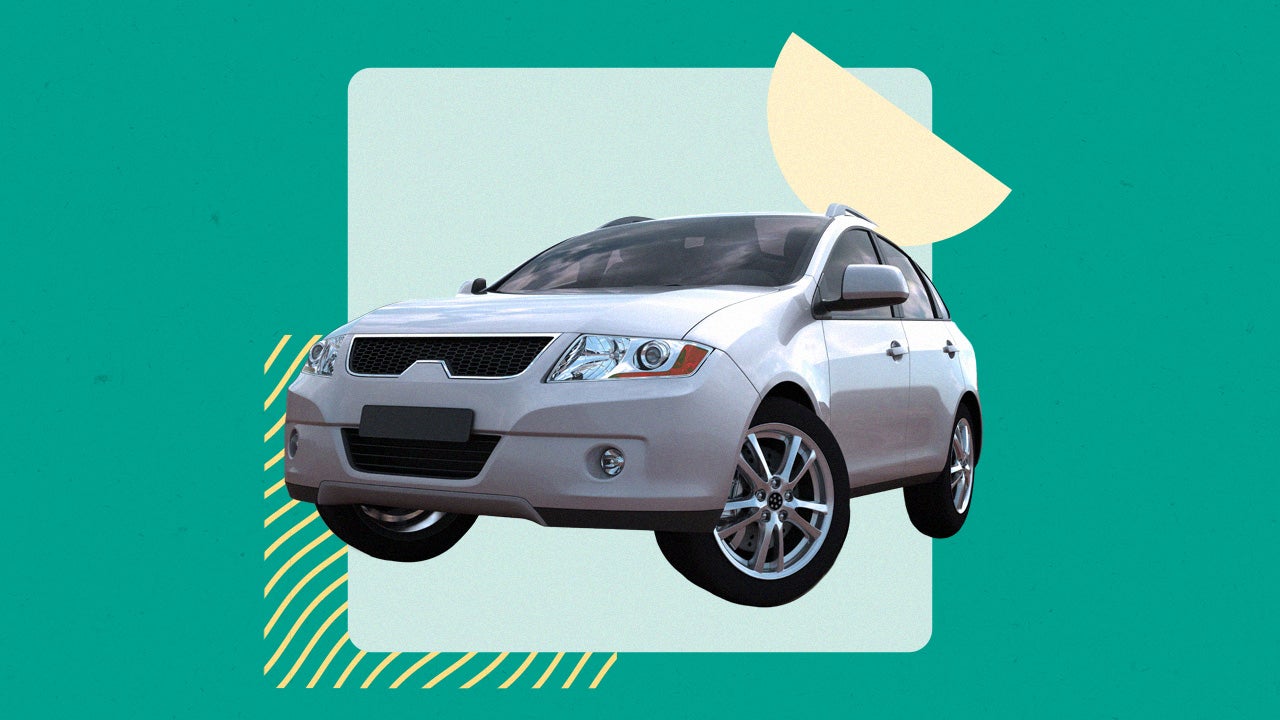Does refinancing a car start your loan over?

Key takeaways
- Refinancing your auto loan can save you money by giving you new and better rates and terms, but it can also mean extending your loan term.
- To find the best new loan for your needs and ensure you’re saving money, it’s smart to use an auto loan calculator.
- If you struggle to make your monthly payments but cannot secure better rates through refinancing, consider requesting loan modification.
Refinancing swaps your current loan with a new one, which could mean a better auto loan rate, different loan term or both. Though refinancing does not restart your car loan, opting for a longer repayment period on a new loan could make you feel like you’re starting from scratch.
Does refinancing restart your car loan?
If you decide that refinancing your loan is the best financial option for you, the new terms offered could make your monthly auto loan payments more affordable. But if you choose to extend the term, it may feel like you’ve restarted the loan, even if you’ve been making payments for some time.
You can avoid adding too many additional payments by choosing a term that is the same or shorter than the remaining term on your current loan. So, if you have 36 months remaining on your loan, you would refinance to a 36-month loan.
This will prevent you from paying additional interest. And, with a lower interest rate, your payments should also be lower.
However, refinancing may not be beneficial if you have less than 24 months remaining on your auto loan. You’ll generally pay the most interest in the first few years of the loan. So, if you refinance toward the end of the repayment period, you minimize your potential cost savings.
Does refinancing extend your loan term?
Refinancing can extend your loan term if you opt for one that’s longer than the remaining term on your existing loan. Refinance loan terms typically range between 24 and 84 months. The longer your term, the lower your monthly payment will be. But with a longer loan, you could be stuck paying hundreds of dollars more in interest than you would with a shorter loan.
Although you can get a different interest rate, the term change is the main factor in whether or not you effectively “reset” your loan. The term can be shortened or made longer — and the right choice depends on your budget.
To best determine your ideal term length, use an auto loan refinance calculator to find the one that will best balance the money saved and monthly payments you can afford.
How to refinance your car loan without restarting it
If you decide to move forward with a refinance, these steps can help make the process more seamless:
- Review your current loan: Find the interest rate, payoff amount, months remaining and information about any fees or penalties.
- Check your credit: Make sure your credit score is in good enough shape to get a decent rate. Also, check your credit report for errors that could be dragging your score down. If you spot any, file disputes to have them fixed before applying for a refinance — a better score will mean a better interest rate.
- Compare lenders: Don’t go with the first lender that offers a decent rate. Review several, including their eligibility criteria, penalties, rates and terms for which you prequalify. Ideally, you want to choose a lender offering a competitive rate and terms that doesn’t exceed your remaining payoff timeline.
- Apply for refinancing: Once you decide on a lender, apply online or in person. The lender will let you know if you qualify and how the rest of the process will work.
Bottom line
You’ll start from scratch with a new refinance rate and new repayment term when you refinance. Before you commit, make sure that your new loan will actually save you money or fit your budget better than your existing one. Extending your loan term without reducing what you owe could make you feel like you’re starting your auto loan over.




